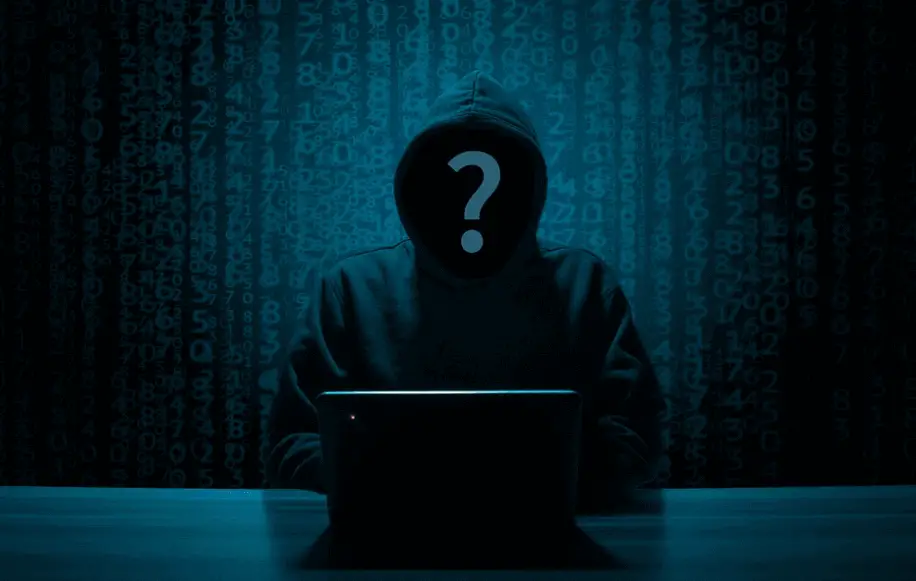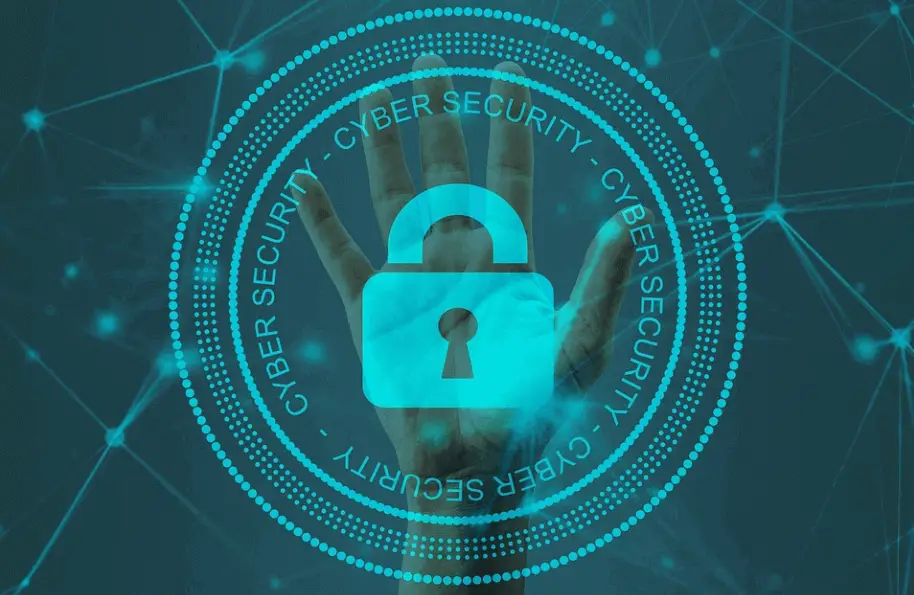Most people do not like when their computers and sensitive data are easily available on the Internet. The reasons may differ. Most often, people need more anonymity on the Web if they want to register on a website that is not allowed in their country or if there are some limitations to using the desired service.
People with businesses online often open multiple accounts for their advertisement and marketing campaigns. Still, the websites usually block such targeted ads from the accounts open from the same device. Censorship is another fundamental reason why you may need anonymity. You may want to upload something on the Net or download from that the authorities would not approve of.
Last but not least, you just want to be safe and secure your sensitive information against hackers and cybercriminals. Cybercrime levels are rising dramatically these days. For example, from 2014 to 2021, it grew 45 times. Cyber crimes are challenging to detect – only 20% of all violations were revealed.
Spam is the most frequent type of criminal activity. Moreover, phishing often lets the offenders get confidential data, such as banking details. All in all, about 60% of all emails contain this dangerous feature. Anti-virus programs, however, do not always protect your computer and data against spam and phishing.
That is why information security is important in the modern world. Though first, you need to know what stages of protection exist on the Web and what to do to make use of them.
Levels of Anonymity on the Web
There are 6 basic levels of anonymity you need to know about because they are widely used by different commercial and private websites and governmental, public, and business organizations. They are:
- Level 5: Super-identification. It is used in commercially sensitive environments, journalism, and scientific research when it is important to identify a person or an author of the article completely within the system.
- Level 4: Common identification. The user-name is applied with the associated password to enter the system. This level is used in most multiple-user systems.
- Level 3: Potential (latent) identification. The user may enter the system by pseudonyms that are not correlated, and different users cannot share the same pseudonym. This level is used in different electronic settings, forums, and financial accounts.
- Level 2: Pen-name identification. The user can enter only a username, but the system does not identify them with the help of any other personal information. This system is used for email boxes and game-playing systems.
- Level 1: Anonymous identification. The user is not addressable, so they cannot be identified even by their usernames. They can log on to the system only with the help of their unique passwords.
- Level 0. No user identification. A user can log on to the system completely anonymously with the help of specific ‘intelligent’ applications.
All these levels of confidentiality and anonymity are commonly used depending on the purpose of visiting the Web. However, their protection against unallowed use of sensitive data differs, with the lowest protection at Level 5 and the highest one at Level 0.
How to Keep Your Data Anonymous and Secure at Different Levels
There are several steps to keep your personal data and Internet activity protected. They include:
- Clearing cookies, cash, and history to avoid tracking (do it at least once per week). Many websites follow your history and even your device’s technical specifications for commercial or marketing purposes. However, someone may need to know everything about your Net activity to do something malicious.
- Surfing your browser in an anonymous mode. Don’t entirely rely on Google Chrome because the system, even if anonymous, sends some sensitive information to Google. Use such plugins as Flashblock, NoScript, or BetterPrivacy to increase anonymity. Firefox and, possibly, Opera installed with certain specifications seem more reliable.
- Avoiding the use of non-licensed software. It is a significant source of potential threats and malware. Even if you need some plugins or program extensions, try to find them from a reputable provider you know well.
- Using proxy servers to protect the IP addresses. Their protocols (SOCKS, HTTPS, or FTP) work to protect data. These servers work as intermediaries between your computer and the server. So, even your Internet provider cannot follow your activities online.
- Using VPNs. They can be chosen according to your geolocation and integrated into the browser or plugin. They work similarly to proxies. Though, there are specific situations when VPNs are even more efficient, for instance, when you are on the go and use the Web from public Wi-Fi.
- Updating the software to check the latest threats. The updated software is difficult to track for hackers, so that you can feel protected for some time.
- Using social networks carefully. Avoid posting the same photo on different networks. Don’t let your contact information or personal data be seen by everyone there.
- Minimizing the use of public Wi-Fi. You should do it only via a proxy server or VPN. Never use payment systems via such public connections. Avoid using your worksite computer from such networks.
- Using mobile apps accurately. Turn off its geolocation, block the device when you are not using it, and do not give access to the microphone or camera for all the apps.
When you follow all these rules and tips where they are available, you will feel more secure and protected while using the Web.
Final Thoughts
No matter what level of anonymity you are using, you should always be aware of possible threats and do your best to protect all your personal data, sensitive and financial information, as well as your history of using the Net.
Choose apps, plugins, or other types of programs to protect your anonymity. Be careful about the identification requirements. They may not be necessary for some operations. If the website, another user, or service requires complete identification, check whether it is reliable and reputable enough to give it access to your data.
Remember that security requirements online have become stricter because hackers are always looking for new ways to steal data and commit cyber crimes. So, check all your apps and software thoroughly. Install new programs only from well-known and trustworthy providers. Your personal security and anonymity online depend on you and how you use the Web. So, you need to keep it in mind.




